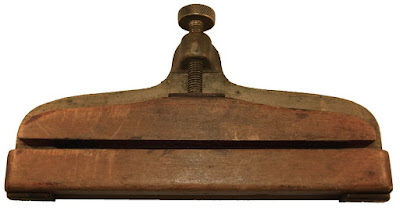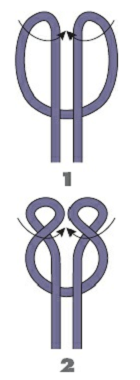Paracord Knots: Knots That You Can Learn Easily

Tying paracord knots can be fun, yet it can sometimes be a challenging task for a beginner. Learning what to do to get the right results can take some effort on your part. Therefore, following an expert guide can work wonders in your favor and you can keep the skill for life. Here are knots you can easily learn using paracord and chances are they will come in handy when you are outdoors camping. Knot 1: The cobra knot The cobra knot is widely used by military personnel. Whenever a pull-ring is attached to it, the knot is perfect to be used as a Girth Hitch. See also: YouTube: Tying It All Together The cobra knot is a very easy tie to learn. Your first step is to gather two different paracords to make the knot. Materials you need are: A sharp knife A buckle Cigarette lighter 2 different colors paracord Here are the simple instructions: Take both strings in your hand and hold them straight with your fingers alongside each other. Take hold of the left cord with your hand and see





